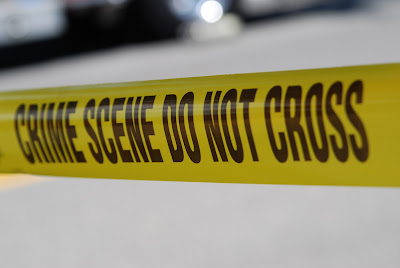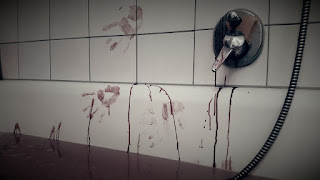An unattended death is when a person
dies and the body is not discovered for days or longer period of time.
Unattended deaths are not uncommon because many people live alone now-a-days.
These people tend to keep to themselves and do not socialize as much as others.
Hence, when they pass away, it takes longer for someone to know that they are
gone.
Dealing with the death of a loved one is
never easy for the family members. And handling the clean-up can be even more
traumatic. The family should not have to deal with this mess alone. It is best
to avail of the services of professional cleaners to thoroughly clean and
sanitize all affected areas. The technician will ensure there is no further
damage to your property.
As the body decomposes, it releases body
fluids and potentially harmful bacteria that can make one sick and negatively
affect the home and environment. There are generally five stages of
decomposition:
Fresh: This stage begins immediately after the heart
stops beating and visible changes caused by decomposition are limited. The
small amount of oxygen remaining in the body is quickly depleted. The body
releases enzymes that begin eating the cells from the inside out.
Bloat: This stage provides the first clear visual sign that
microbial proliferation is underway. The accumulation of gases within the
bodily cavity leads to the distention of the stomach and gives a cadaver its
overall bloated appearance. The build-up of pressure along with the loss of the
skin elasticity may also cause the body to rupture.
Active Decay: During this period there is
greatest mass loss. This happens due to maggots feeding of the body and the purging
of decomposition fluids into the surrounding environment. This leads to strong
and offensive odours being emitted.
Advanced Decay: The body loses most of its mass
during this stage as its soft tissue decomposes and all organs, muscles, and
skin become liquefied. By the end of this stage only hair, bones and cartilage
remain.
Dry/Remains/Skeletonization: After most of the body tissues
have decayed and been eaten away by insects, the skeleton is still greasy from
the remaining soft tissues and body fluids. Over time, those tissues lose
moisture and begin to dry out and break down from environmental factors.
Eventually, only the skeleton will remain, completely exposed and free from any
tissues and fluids.
Bio Cleanse Services provides
unattended death cleanup services to families and property owners. Our
bioremediation specialists wear personal protective equipment (PPE) and follow
approved safety and sanitation procedures to prevent the spread of diseases and
bacteria.
Let us help lift the burden of the
cleaning process, off your shoulders so you can begin moving on from this
traumatic event. We service the areas of Sydney, Goulburn, Batemans Bay,
Canberra & surrounding suburbs of NSW. Call now on 0412 547
547 or visit our website.








